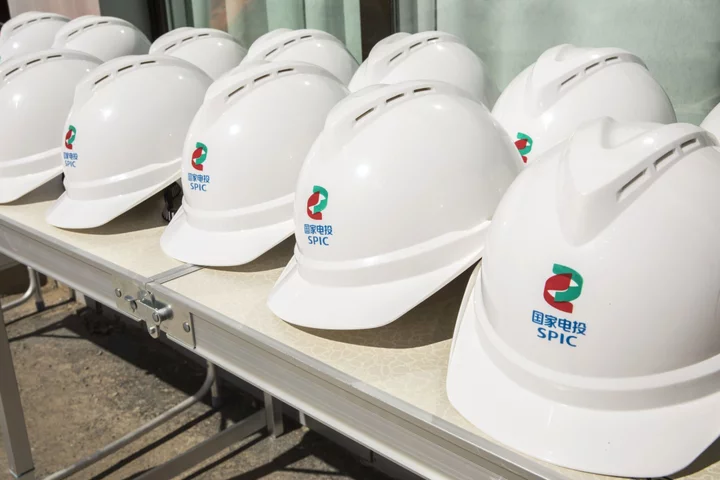Chinese energy giant State Power Investment Corp. is in advanced talks to buy Latin American power producer Inkia Energy Ltd. from I Squared Capital, according to people familiar with the matter.
The state-backed company is negotiating terms of a potential deal for Inkia, the people said, asking not to be identified because the information is private. A transaction could value the Lima-headquartered firm at about $2 billion, one of the people said.
SPIC has emerged as the most likely buyer of the asset after outbidding rival firms, the people said. I Squared, an infrastructure investment firm based in Miami, has been exploring a sale of Inkia, Bloomberg News reported last year.
Discussions are ongoing and could still fall apart, the people said. A representative for SPIC didn’t immediately respond to requests for comment, while a spokesperson for I Squared declined to comment.
Chinese companies looking to expand overseas have become increasingly active in Latin America, where they face fewer obstacles than in Europe and the US. Enel SpA announced an agreement in April to sell its stake in its distribution operations in Peru, as well as its Enel X Peru unit offering energy services including smart vehicle home charging, to China Southern Power Grid Co. for about $2.9 billion, confirming an earlier Bloomberg News report.
I Squared acquired the Latin American and Caribbean business in 2018 for more than $1 billion. In 2020, the fund sold units of Inkia that included more than 740 kilometers of power transmission lines in Peru for $158.5 million.
SPIC was founded in 2015 through the merger of China Power Investment Corp. and State Nuclear Power Technology Corp. It has a presence in 46 countries and regions, across energy businesses ranging from thermal and hydro to nuclear, solar and wind power, according to its website. It also owns coal production, aluminum smelting and railway transportation assets.
Inkia operates more than 3,300 megawatts of power generation and has 2.3 million customers in Latin American countries including Argentina, Bolivia, Chile, Guatemala and Peru, its website shows. Thermal power accounts for more than half of its generation portfolio, which also includes hydroelectric power.
--With assistance from Winnie Zhu and Aaron Kirchfeld.
(Updates with context in fifth paragraph.)

